Highs and lows of the Camaro, by generation
With the Camaro nameplate retiring soon, we’re honoring the beloved two-door with a series of love letters, fun lists, and memories. Many performance cars, especially nowadays, aim for an anodyne version of perfection that only a few can afford. The Camaro is for the rest of us—and it’s always ready to party. Still, we can’t pretend the car we’re about to celebrate over the next week or so is perfect. That in mind, let down your hair and come with us for a deep dive into what, exactly, makes the Camaro so bitchin’. Here: the highs and lows from each of the Camaro’s six generations.
With so many memorable models and so many race-winning performances, it’s difficult to pick just one highlight from each generation of Camaro. Of course, we like to challenge ourselves, so we did exactly that, polling our staff to choose one high and one low from each of the six generations of our favorite Detroit underdog.
We welcome your input as fellow Camaro lovers: What triumphs or notable features did we neglect? Were there any issues that Chevrolet should have caught in development but didn’t? Share your thoughts with us in the comments below.
First Generation (1967–69)

High: 1969 Trans-Am–winning Chevrolet Camaro.
AMC and the Big Three put a lot of effort into Trans Am racing in the late ’60s and early ’70s. Notable drivers included Parnelli Jones, Dan Gurney, George Follmer, Jerry Titus, and Mark Donohue. With Roger Penske as his crew chief, Donohue won back-to-back Trans Am championships for Chevrolet in 1968 and 1969 powered by the big-bore, short-stroke 302 V-8 from the Camaro Z/28 which ended production in 1969 and was replaced by the LT-1 the following year.
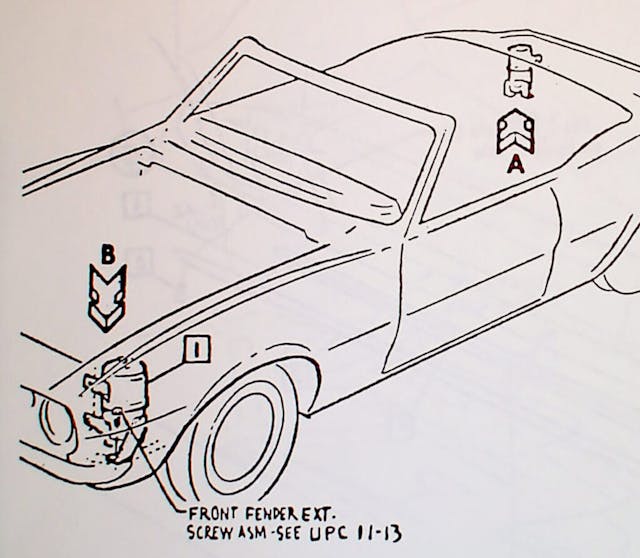
Low: “Cocktail shaker” dampers on the convertibles.
Removing the roof of the Camaro eliminated a lot of structure, introducing a lot of body flex. The solution was a set of four oil-filled canisters with a suspended weight tuned to absorb the specific frequency at which the body would vibrate. It’s not a particularly elegant solution, and the canisters added about 100 pounds to the Camaro.
Second Generation (1970–81)
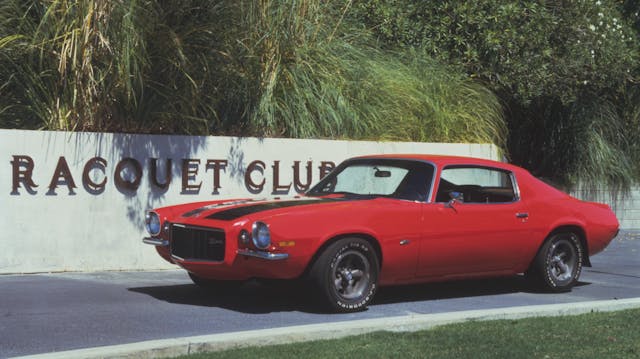
High: Pre-’74 Z/28 with all the right options.
There are plenty of ways to build a Camaro, and that degree of personalization is part of the draw of the pony car class. While there’s nothing wrong with a big-block, we’re fans of the Z/28 package, which brought a 350-cubic-inch LT-1 with a solid-lifter cam and a four-barrel carb along with upgrades to the suspension, already improved for the second-gen car. The RS package, shown here, with its redesigned fascia that included round marker lights and an extended grille framed by a split bumper, gave the Camaro a noticeably different look. If you also specced yours with a Hurst four-speed, mag wheels, and stripes—well, you might have the perfect second-gen, in our book.
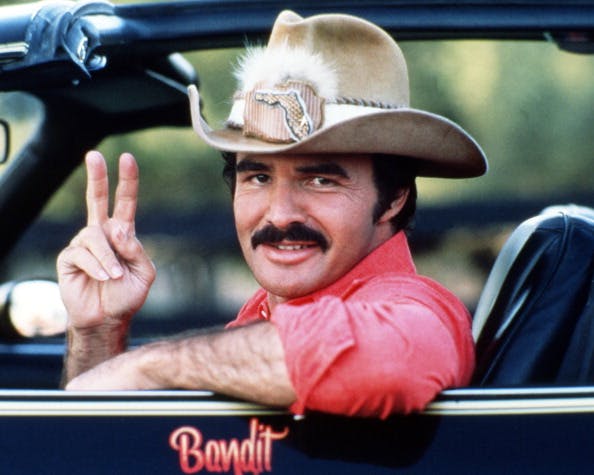
Low: This generation lived in the shadow of Burt Reynolds’ magnificent mustache and his Bandit Trans Am.
While the Camaro managed to survive the late ’70s with decent styling and sales numbers that eclipsed those of the Mustang (in 1977), the Firebird thrived, especially in Trans Am livery with its over-the-top graphics. A black and gold Trans Am, equipped with T-tops and dressed as a 1977 model, was almost as big a star as Reynolds in the film and has become synonymous with Smokey and The Bandit. Where was the Camaro movie love?
Third Generation (1982–92)
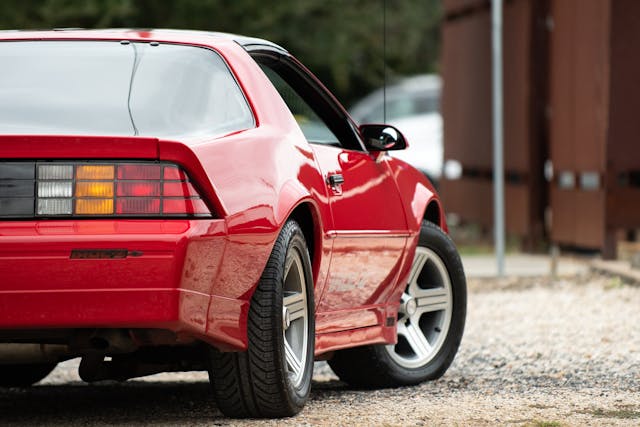
High: IROC with T-tops.
With its liftback cargo area, third-generation Camaro was downright practical, but where it really shone was the style. The IROC, with its signature 16-inch wheels and ground effects, was one of the best-looking pony cars of the ’80s and we think its looks have aged rather well. Starting in 1988, you could also option your IROC with the 1LE package, which added a close-ratio transmission and brakes improved with parts pirated from the Corvette and Caprice.
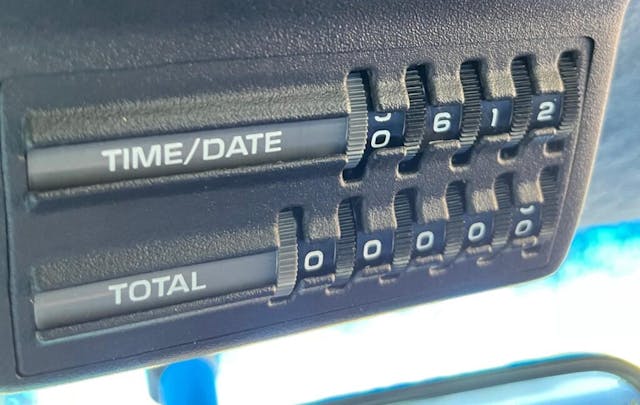
Low: The big engine came with only an auto. Also, someone kindly tell us what “Berlinetta” means, and why those cars had a datebook on the roof.
While they still look cool, the Tuned Port Injection (TPI) intakes were a bit of a strange choice for a sporty car, because their strength is low-end torque production. The 350 models produced an adequate 245 hp and an impressive 345 lb-ft of torque at the end of the third-gen’s run. The compact and lightweight T5 five-speed transmission, like the one used in contemporary Mustangs as well as in the 305-equipped Camaro, had a maximum torque capacity of 300 lb-ft and thus never found its way into the more powerful and torquey Camaros powered by the TPI 350.
Fourth Generation (1993–02)
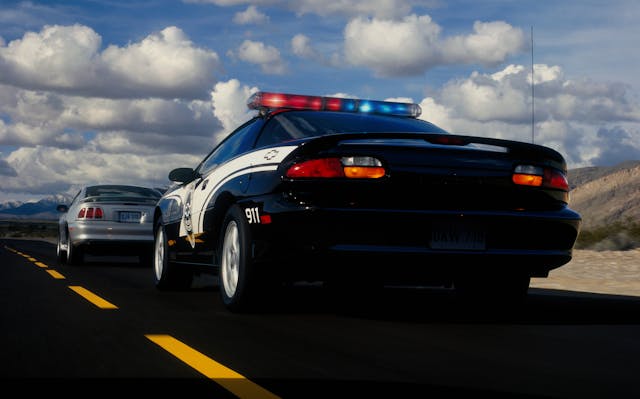
High: The B4C-package Camaros produced for police.
The B4C gave the Camaro all of the performance of the Z28 without a lot of the additional options, many of which tacked on extra weight. They were also missing T-tops which seem to be found on most of the high-performance Camaro models. While the Z28 came with a black roof and mirrors, the B4C was painted like a plain old base Camaro, so it was also a bit of a sleeper—provided it didn’t have lights on top or wear police livery.
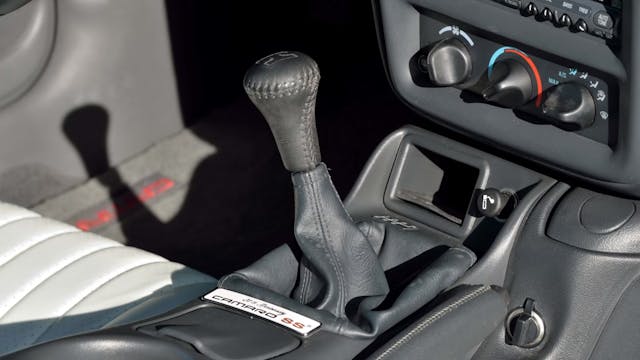
Low: “Skip shift. ”Also, the service procedure for replacing the rear spark plugs.
The tricky shift procedure could easily be worked around, but the long, steeply angled windshield meant that the engines are tucked way into the cowl on the fourth-gen Camaro. Working on the back of the engine is not going to be a simple task, but at least the plugs have a long service interval.
Fifth Generation (2010–15)

High: The LS7–powered Z/28.
“Imagine presenting to Chevrolet leadership that we wanted to sell a vehicle that had no carpet, no air conditioning, and a trunk that had one speaker just because the seatbelt chime was a requirement, and that we wanted to sell it for more than the Corvette costs. That was a personal win. And the thing was a track beast.”—Al Oppenheiser lead development engineer, fifth- and sixth-generation Camaro

Low: Concept car trunk.
The fifth-gen Camaro returned with concept-car styling, and it was a big hit. However, like the sixth-gen that followed, this Camaro featured a rather average-sized trunk only accessible through a tiny opening. Packing can be a hassle, and large, rigid luggage is a no-go. Pack light, or pick a duffel bag.
Sixth Generation (2016–24)

High: The SS 1LE.
The Alpha platform that underpins the 6th-gen Camaro is an absolute gem, with fantastic road manners and excellent handling and road feel. Chevrolet was nice enough to give us the 1LE package in turbo four, naturally aspirated V-6, naturally aspirated V-8, and supercharged V-8 varieties, so there’s a driver-focused 6th-gen for Camaro fans of every kind. Our favorite, of course, is the SS 1LE: It drives like a BMW M3 but looks, sounds, and hits the wallet like nothing but a Camaro.
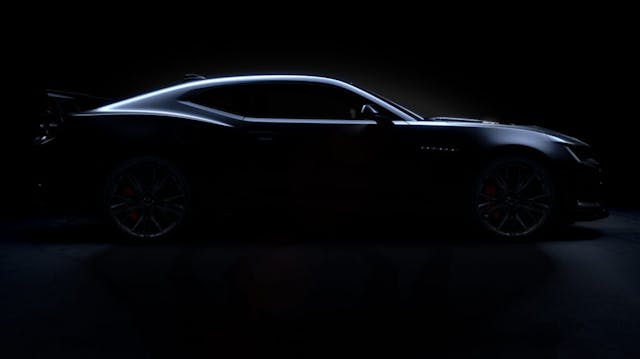
Low: Good luck seeing out of the thing.
Visibility in the sixth-generation Camaro isn’t any worse than it is in the fifth-generation, and it’s certainly no worse than many contemporary sports cars. That’s not to say it’s great. However, you get used to the sightlines. You can’t have a roof this low or a profile this sleek without some tradeoffs.
***
Check out the Hagerty Media homepage so you don’t miss a single story, or better yet, bookmark it. To get our best stories delivered right to your inbox, subscribe to our newsletters.
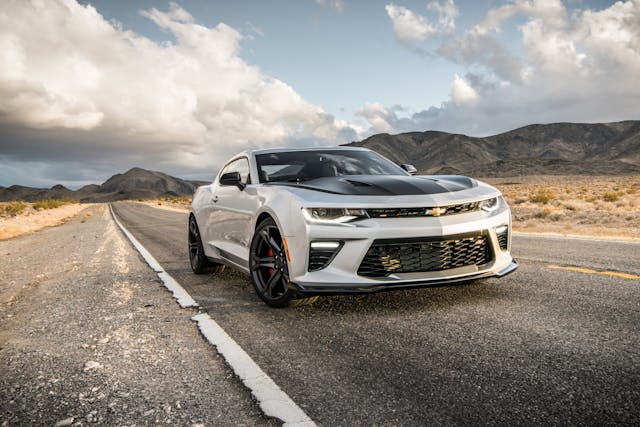
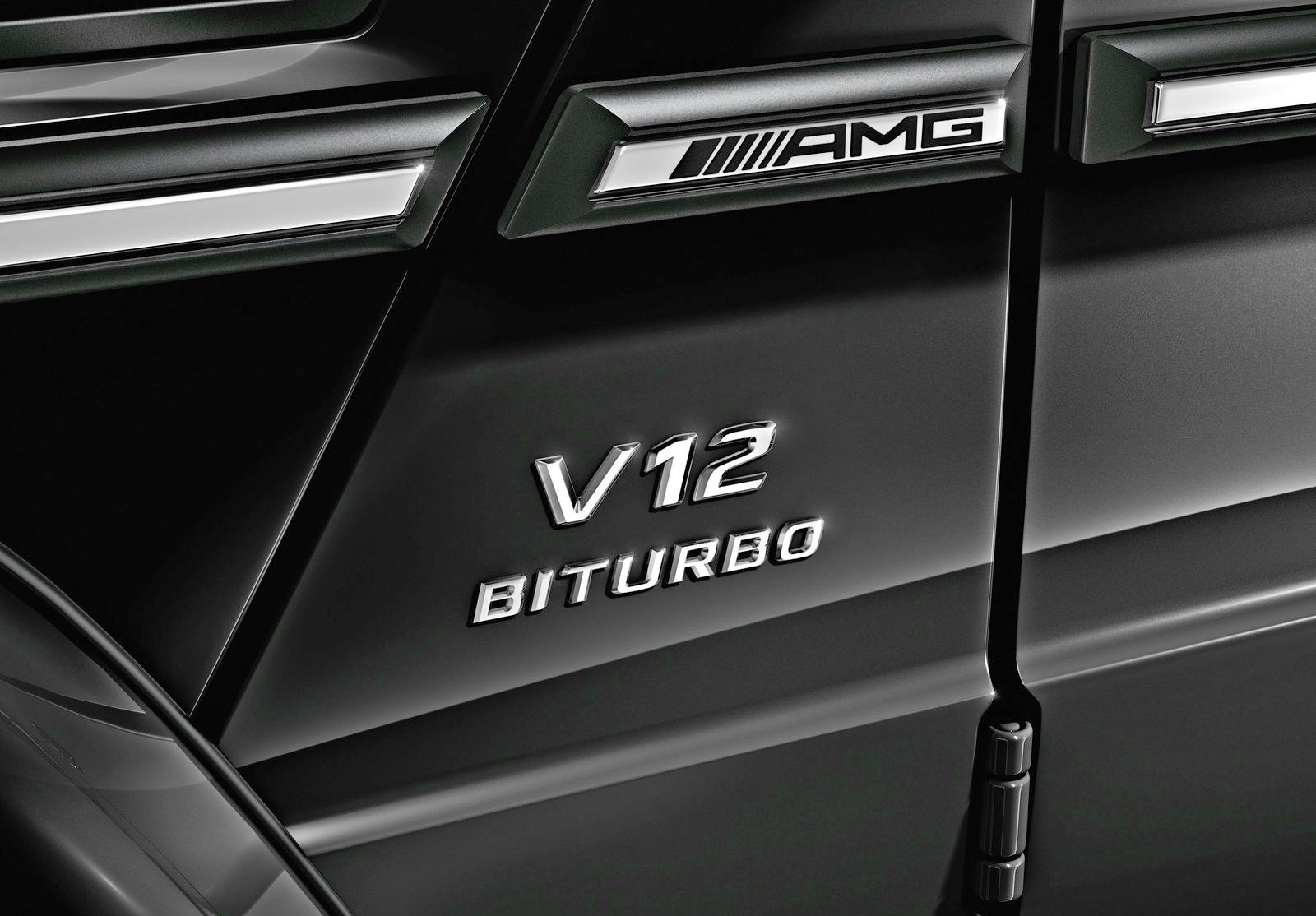

Hyperv6 is not totally wrong. I had a nice 1967 Granada Gold convertible and was not aware of the “cocktail shakers” until I really went through the car a few years later. This is my “car that got away” and I sold it for a 1972 Monte Carlo. I tried to get the 1967 Camaro back in 1982 but was unable to, so I ordered a brand new 1982 Camaro Berlinetta with a 4 speed. The main reason was the Berlinetta was the only model that first year that was available with a 4 speed. The 4 speed was only available in the Berlinetta with a V6. I know the V6 wasn’t really the best engine, but gas mileage was decent, and I was a lumber salesman and traveled all over Connecticut at that time. The interior was very comfortable and the extra sound deadening that came with that model made it very quiet. That V6 did have enough power for that car to enjoy driving it. The 4 speed definitely helped.
Actually, just sold that car a few years ago.
Love the article. I sure wish gm cared more about Their customers and What sells. Everyone knows, if they had made a 350 tpi with a well built 5 speed that would be the car to own! I had a 1979 and 1992 and my brother a 1981 z28. All fun, all cool, but them door hinges. Why did gm Save on metal and quality? You walk up to a nice 79 z28 with 30k miles, and open the door, you’d think it had 300k miles! I still think a 1979-81 Camaro looks jam up when taken care of and restored properly. Anyway great little read.
The reason the Camaros were so great is because the second Gen camaros simply drives better than any other muscle car of its time. Even by today’s standards the car’s geometry feels modern, crisp and nimble. Stock braking is even good enough for regular modern traffic. After owning over 50 cars I tried a 1973 Challenger and it drove very badly despite being a good driver quality car with new front end suspension componentry. I kept seeing Camaros everywhere and eventually bought a 1979, my fourth camaro for $2400. Slapped a 4 bolt 350 and a 700r4 trans and been dailying it for 6 years now. It really is the every mans car, even now, 44 years later! I own a 16′ Hellcat, 18′ Shelby GT350, and 74′ Corvette and the 79′ Camaro is my go to car of choice!
Owned 4 of them and all were junk.
Ok, I’ll say it. Then why did you own 4 of them?
Got them cheap and had a ton of spare parts.
I’ve got narrow winding country roads out my front door so my tastes in toy cars tend towards narrow lightweights like Miatas and air cooled 911’s. But I’ve driven new Camaros a few times courtesy of choose your own rental agencies at John Wayne airport in SoCal, and while yes, the bathtub seating and mailbox slit trunk opening are for real, if I lived someplace like Irvine with straight high speed roads punctuated regularly by peel out inducing traffic lights, I’d go for one of these in a hot minute. Probably with a just a wee bit more hp than the still satisfying 300 provided by the base model rentals.
I really like the 6th gen Camaro’s and I am sad to see them go. But I had an 83 Firebird SE and that car was terrible. Turned me off to GM forever.
If my memory serves me correctly the date book was a reminder for the next service due. When I was in Germany, a fellow service member took delivery of third generation Camaro. I had to go to Heidelberg from Mannheim, so he told me to take his Camaro and let it out. All I can say is it cut through the wind, rode very smooth on the Autobahn and passed Porsche’s and Mercedes with ease. It didn’t take long to reach Heidelberg and was an enjoyable experience.
I’ve had 2nd, 4th, and 5th gen Z28 and Z/28’s. First was a smog dog but decent looking car, second was my quickest after the build (11.87@114 no boost stock bottom) and the third is by far the most technologically advanced, fastest, best stopping and turning they ever produced.
Its been a fun ride just happy to own one the last of the big cube, manually shifted, Torstein rear ended Brembo toting production Z/28 beasts produced in ’14.
Well now, my favorite was the 1970 RS/SS 350 M20 4 speed with 3.55 positraction that we bought new. It was our first new car and we loaded it with lots of options. My wife picked the color- Cortez Silver and I chose the driveline options!! I wanted something more of a grand touring machine and not a drag strip blaster. It was one of the earliest 2nd Gen’s built, so we had ordered it sight unseen. but our original order was bounced back to the dealership and then we saw one. Added the RS front, omitted the vinyl top, and wound up with an absolute stunner. It had to go when the family grew by one and a new home was purchased, The usual-one that you’d love to have back deal. BTW-you know you’re old when your first new car is now over 50 itself.
She is 22 years old, just out of a 6 month old Rover 2000TC (the antichrist of automobiledom) into a 1988 canary yellow Z28, with a black vinyl top yet.
She beat this thing mercilessly for four years and 54 years later we still miss it.
edit: 1968 not 1988
3rd generation low. Quality control. None existent. Highs. The day I sold it. 4th generation low was definitely the ship shift. Although it was a Formula I bought in 1996, the same irritating interference to smooth shifts. Selling dealer refused to disable it, so I made an appointment to have it disabled at another Corvette oriented dealer on the day I took delivery. Got a strange look when my answer to the question about the odometer reading was 6.
My experience was my 1966 Malibu ragtop that started life with the ubiquitous 2bbl 283. Nice car. But I was able to get my hands on a wrecked low mileage 1971 Z28 with the low compression 350. The Malibu didn’t have enough of a rear end (3.08) but I did manage to surprise quite a few people with the 283 fender flags. The best pull from the engine in my set up was 2nd gear at something like 70-75 miles an hour. I never knew much about valve train configuration but at 7100-7200 rpm the valves would float.
To answer the question asked in the Hagerty article and I quote: ” The term Berlinetta is derived from the Italian word berlinetta which means “little saloon” . It is a type of sports coupé, typically with two seats but also including 2+2 cars. Introduced in the 1930s, the term was popularised by Ferrari in the 1950s.
Oh to be able to go back to 1970, 20 years old and employed………….”can I help you son”……………”yes you can sir…………I would like to order the 1970 1/2 Camaro Z/28 in Cranberry Red with Black Stripes, SMALL rear trunk spoiler with the M22 4-Speed with the 411 posi.”………….”will that be everything sir?”……………”actually, could you also put me on the list for the 1971 SS Camaro with the LS6 454/M22″………….”excellent choice sir”.
It would be nice to be able to order any car these days. Biggest choice beyond color is do you want to pay $150 for locking wheel lugs nuts or extended warranty